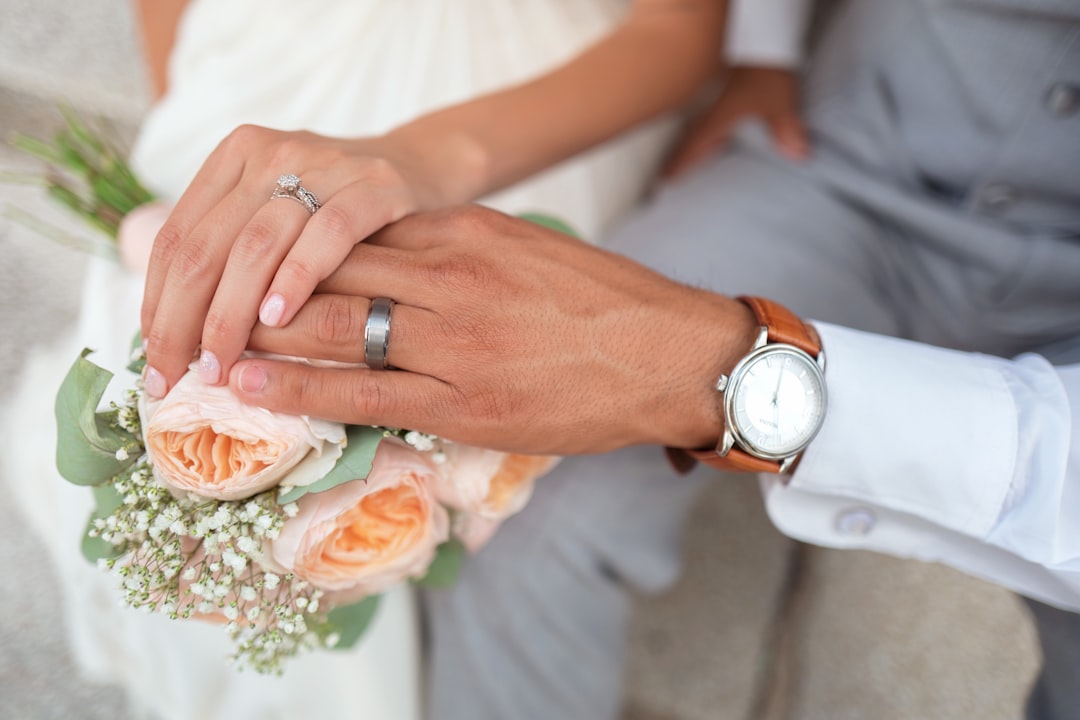As Pope Francis calls for more marriage prep, Catholic marriage rates on the decline
Analysis

A newly released draft Vatican document calls for the creation of “catechumenate” marriage prep programs, which would provide for about a year of formation for couples anticipating marriage within the Church, along with additional years of support after marriage.
Assessing that proposal requires some sense of the state o…
